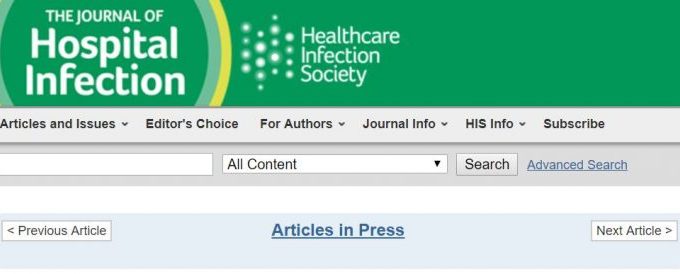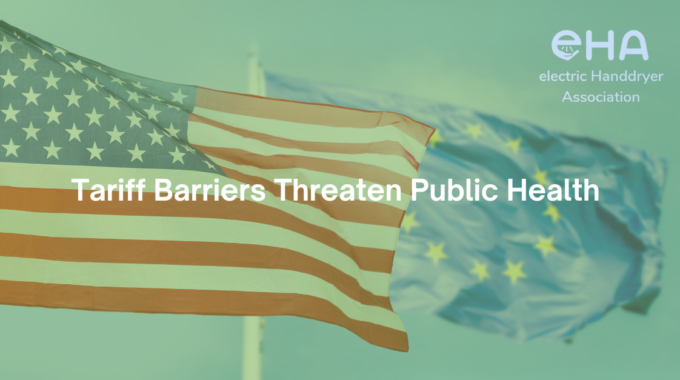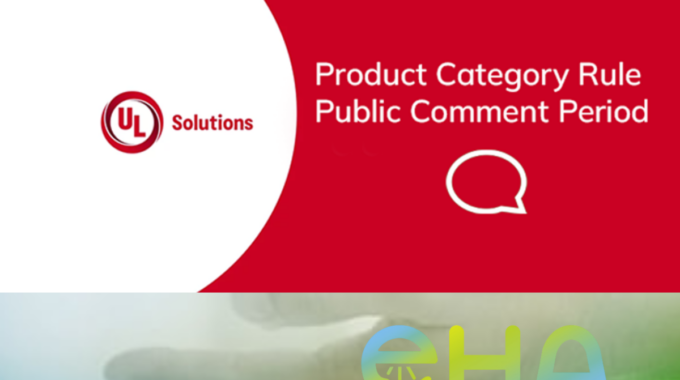By reducing or eliminating tariffs on clean and efficient technologies, both economies are affirming the role of trade policy in supporting climate and health outcomes.

The Method Used To Dry Washed Hands Affects The Number And Type Of Transient And Residential Bacteria Remaining On The Skin
Mutters R, Warnes SL, The method used to dry washed hands affects the number and type of transient and residential bacteria remaining on the skin, Journal of Hospital Infection. This was an independent study funded by Dyson Technology Ltd, Malmesbury, UK, but the company was not involved in the design, execution, and analysis of the results.
Summary
Background: Widespread antibiotic resistance has led to fears that we are entering a pre28 antibiotic era and the relatively simple premise of hand washing to reduce transfer of bacteria and viruses has never been more important. Much of the emphasis has been on handwashing technique, type of soap and maintaining compliance but effective drying of the hands is just as important.
Aim: To compare the efficacy of drying washed hands with a jet air dryer or paper towels to remove transient bacterial contamination and to determine the effect on residential flora.
Methods: Eighty volunteers were recruited. The entire surfaces of volunteers’ hands were artificially contaminated with Escherichia coli before being washed and dried; then bacteria remaining on the skin were recovered and enumerated. In the second part of the study the number and types of bacteria comprising the natural flora remaining on washed and dried hands were determined.
Findings: Significantly fewer transient and residential bacteria remained on the skin if hands were dried with a jet air dryer (P < 0.001). Drying hands with paper towels increased the number of resident bacteria, including potentially pathogenic species, released from the volunteers’ skin, compared to a jet air dryer.
Conclusion: The number and types of bacteria remaining on washed hands were affected by the drying method. Hands dried with a jet air dryer harboured fewer viable bacteria reducing the risk of infection transmission via touch. This could be particularly important for healthcare workers who are constantly in contact with large numbers of vulnerable patients.


